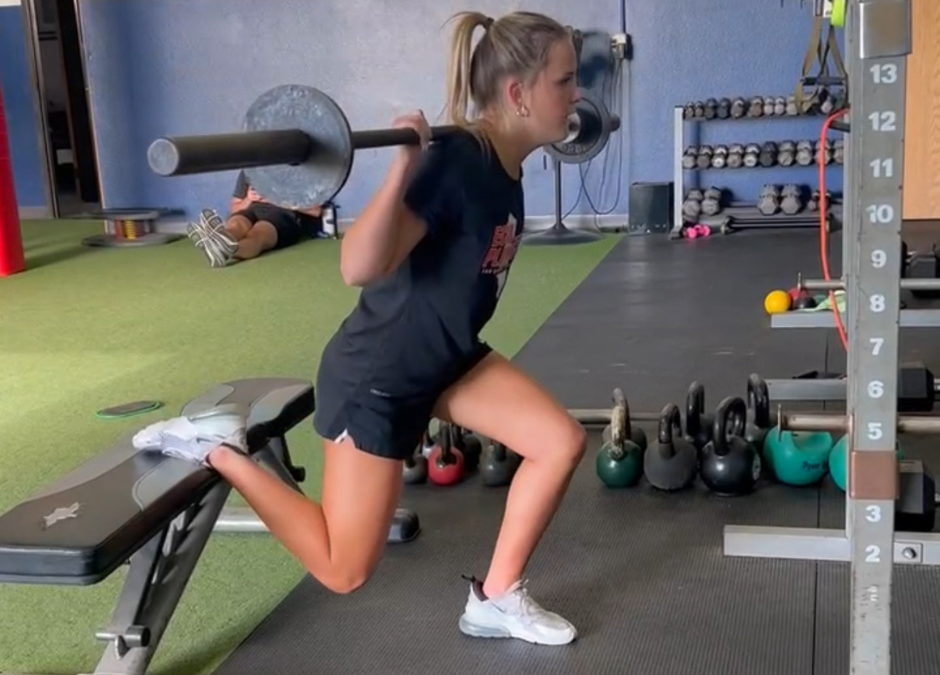Many athletes finish their off-season and think their training regimen ends there. Once the season begins, their time is consumed by games, practices, and, for student-athletes, schoolwork. While in-season training looks different from off-season training, it is still a critical part of every elite athlete’s routine.
Why In-Season Training Is Important
Maintain Strength & Athleticism
Off-season training builds strength, speed, and power. In-season training, on the other hand, is about maintaining those qualities. The phrase “use it or lose it” exists for a reason. In-season lifting should focus on preserving the strength, mobility, and stability athletes worked hard to develop—and in some cases, even improving them.
Reduce Risk of Injury
A well-structured in-season training program prevents unnecessary strength loss, which helps reduce the risk of nagging aches, overuse injuries, and bigger setbacks.
Support Sports Performance
By dedicating time to recovery and strength maintenance, athletes set themselves up to perform at their best throughout the season—not just in the first few weeks.
Keys to In-Season Training
1. Focus on Quality Over Quantity
In-season workouts should emphasize the essentials: squat, hinge, push, pull, and single-leg movements. This is not the time to grind yourself into the ground. Two sessions a week, about an hour each, is generally enough to maintain strength and mobility.
2. Add Sport-Specific Accessory Work
Use your lifts to address your unique needs. For example, baseball players should prioritize arm care, soccer and basketball players benefit from ankle prehab, and hockey players should emphasize hip and groin strength.
3. Adjust Training Around Your Schedule
A rigid training plan will not work in-season. Adapt your sessions around games, practices, and rest days, and taper your workload so that you feel fresh for competition.
4. Prioritize Recovery
Not every training day needs to be heavy. Low-impact mobility, stability work, and active recovery sessions can keep your body resilient. Sometimes the best choice is a full rest day or even an enjoyable activity unrelated to your sport.
5. Track Progress with Objective Measures
You don’t need to obsess over numbers, but monitoring a metric or two—such as bar speed, vertical jump, or mobility screens—can help catch small problems before they become major issues.

